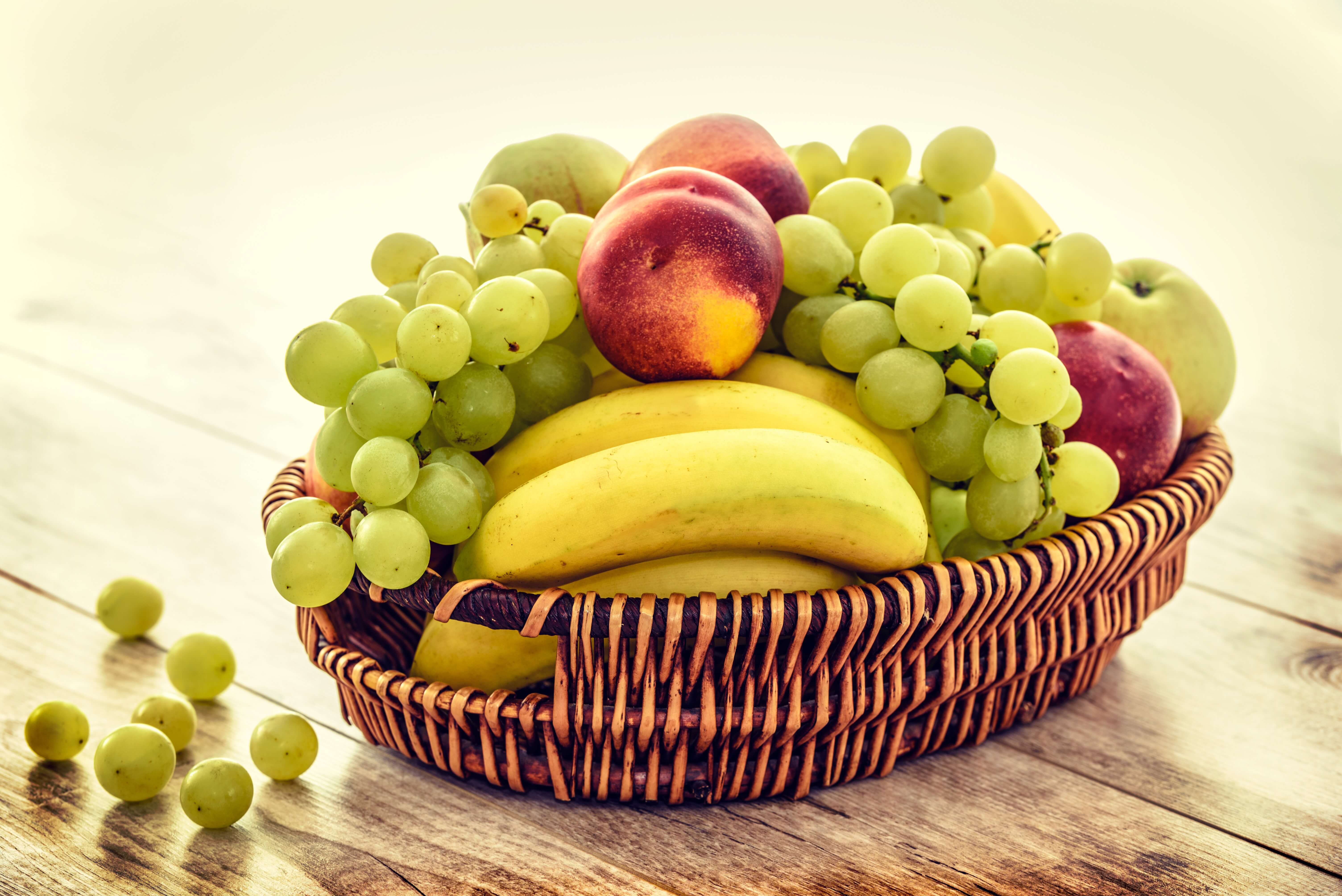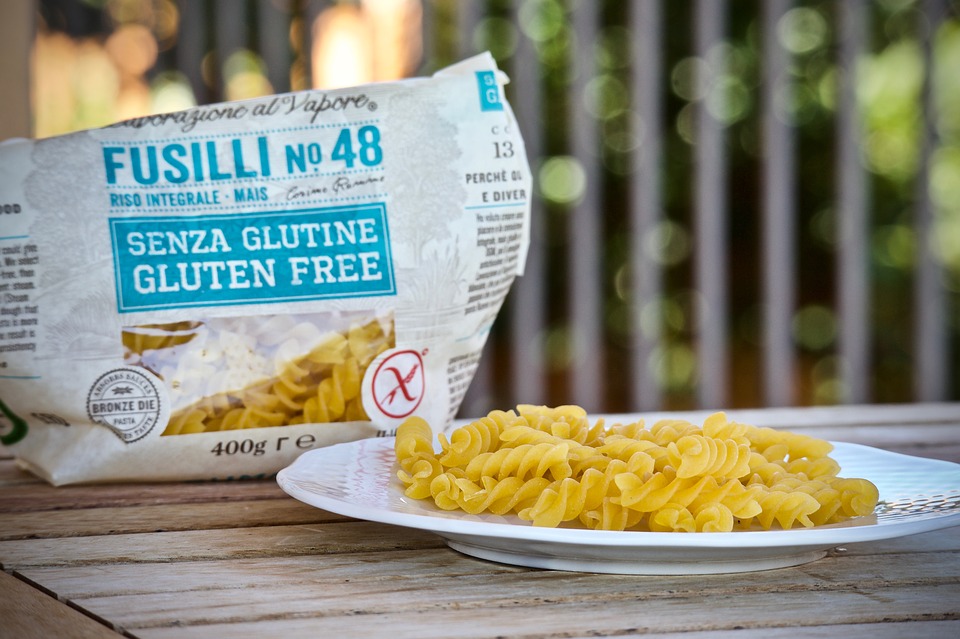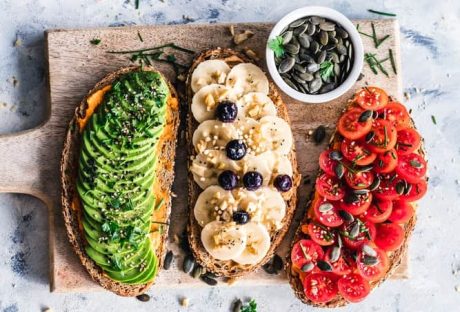If you’re a foodie looking for new tastes and experiences in northern Colorado, visit Lafayette. Chefs use locally sourced food to create tasty dishes delivered by friendly staff. Lafayette is nestled between Boulder and Denver, so when you stay in Colorado, you can visit modern restaurants in these cities as well. Don’t miss these local culinary favorites.
The Post Brewing Company:
When you have a hankering for fried chicken, pull up a chair at The Post Brewing Company. This American brewpub offers classic dishes like chicken and waffles alongside gluten-free fried chicken. You’ll feel at home in this casual eatery with homemade meals. Give your chicken meal an extra kick with the variety of hot sauces you’ll find on each table.
Cool off with a craft beer brewed on-site like an Elkhorn lager or a Big Rosie porter. If you want something other than chicken, try the meatloaf or shrimp and grits. Diners rave about the friendly service, too. You’ll find this brewpub on Emma Street just south of State Route 7 in Lafayette.
Community:
If you prefer sustainable, farm-to-table meals, head over to South Public Road and add Community to your list of Lafayette eateries to visit. Sample local comfort food and artisan cocktails. Start with small plates to share including Shaolin-style duck nachos and Curry cauliflower tots. For your entree, choose from favorites like meatloaf, lamb, and pork tenderloin.
Save room for some dessert like key lime pie or an after-dinner drink to top off your meal. Community doesn’t take reservations, but if you have a large group, you can call ahead to see if the staff can accommodate you.
Stay local and take a short ride to Boulder or Denver. Reserve a room in Lafayette for easy access to top-rated restaurants in these nearby cities known for their culinary delights.
Oak at Fourteenth:
Image via Flickr by Ken Lund
Don’t miss having an upscale meal at Oak at Fourteenth on Pearl Street in downtown Boulder. Try the pan-roasted sablefish paired with an Oak martini. You can also share a family plate of crispy pork shoulder prepared with pineapple fried rice. Menus are updated seasonally and feature locally grown ingredients. Call ahead to reserve a table.
Izakaya Den:
When the foodie in you craves fresh sushi and sashimi, take a short trip to Denver and make yourself at home at Izakaya Den: The Sake House with Tapas. Order specialty rolls created with tuna and salmon served tapas-style that you can share with your table. Mix and match rolls and fresh seafood.
Your catch of the day may be Tasmanian king salmon, bluefin akami, or wild tai snapper. Izakaya Den also offers a Japanese menu featuring Ramen and Udon noodle bowls. You may call the restaurant or reserve a table online to make your reservation.
Your culinary tour of Lafayette will deliver delicious meals at local hot spots with a family atmosphere. You can also travel a short distance to Boulder or Denver and experience a wider variety of modern fare in an upscale setting.
Read Also:























